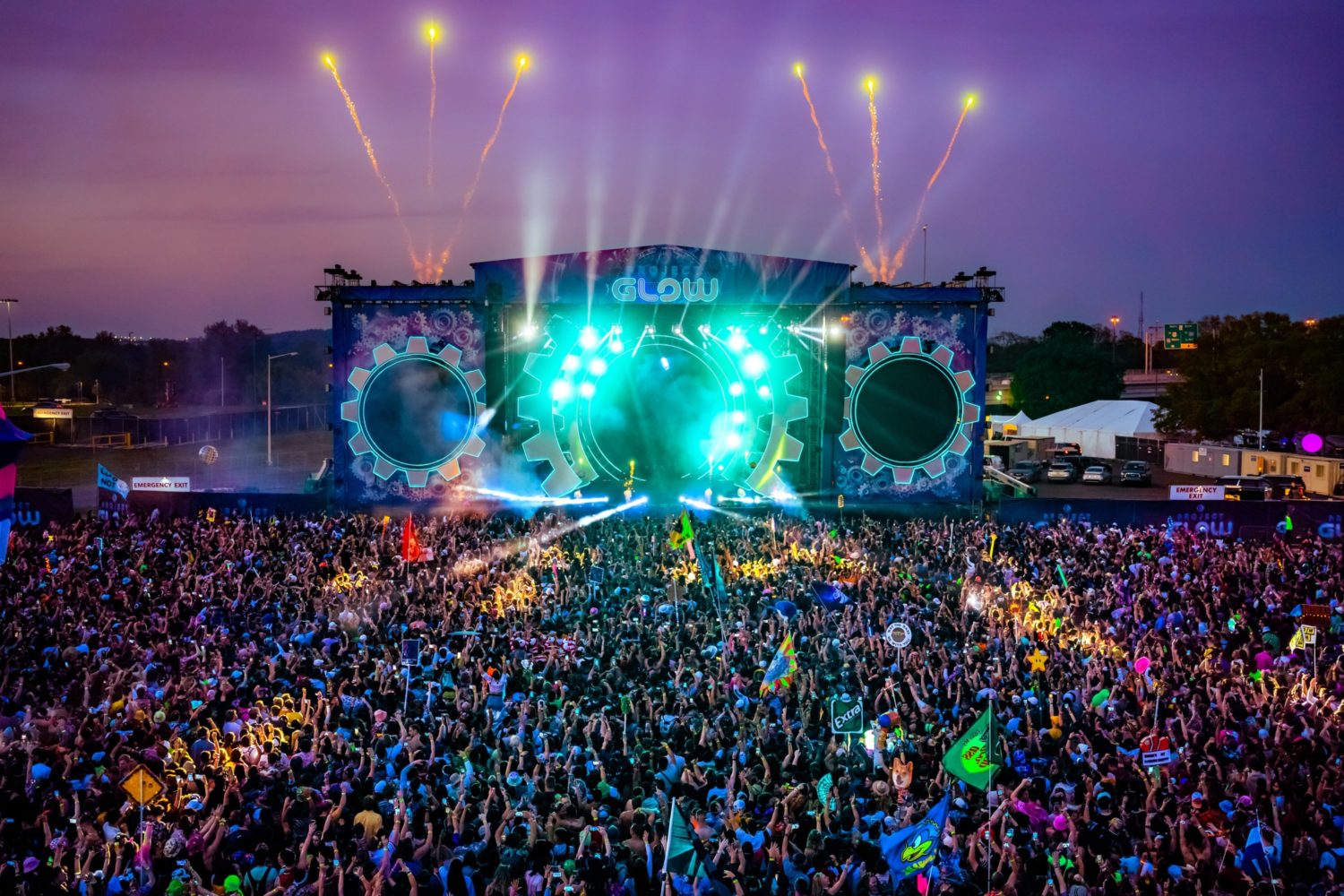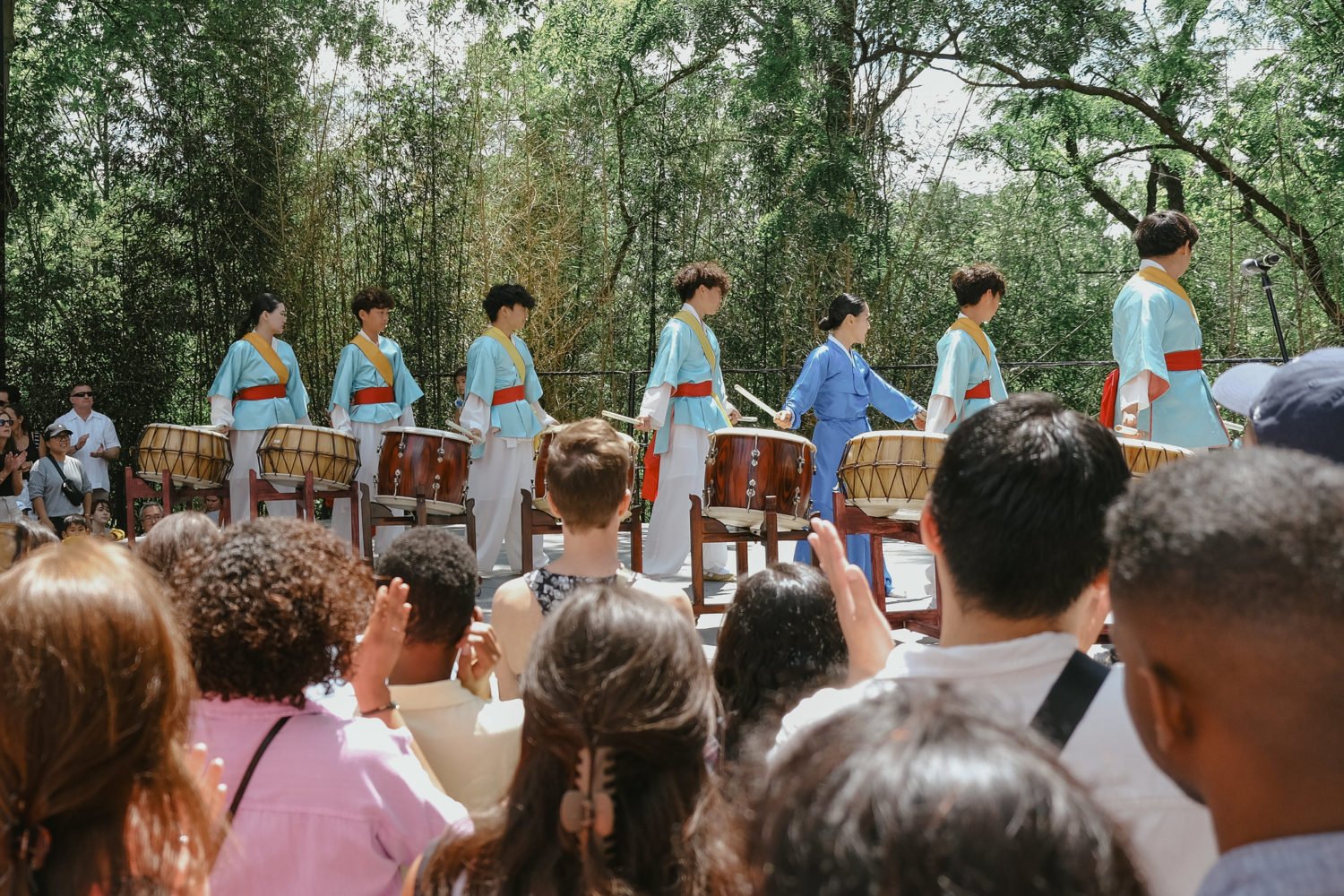You would think the success of any vocal work would depend largely on the strength
of its text. And yet, so many pieces of classical music can lay claim to iconic status
in spite of their lyrics. Consider Franz Schubert, who took any number of fairly wretched
poems and fashioned them into memorable, exquisite songs. Or what about Edward Elgar’s
oratorio
The Dream of Gerontius? You’d never know the insipid poetry that comprises its libretto could have given
rise to music of such grandeur, purity, and nobility.
In 1862, Richard Wagner published a cycle of songs based on poems by Mathilde Wesendonck,
a married woman he had fallen for in Zurich. Wesendonck’s poems, filled with maudlin
sentiment and trite metaphors, display the worst, most embarrassing excesses of Romanticism.
But Wagner was very much in love, and he treated the drivel of his beloved with the
utmost commitment and seriousness. His
Wesendonck Lieder turned out to be lovely works, atmospheric and full of heat; two of the songs even
served as studies for that great memorial to illicit love—the opera
Tristan und Isolde. So convincing, so sincere is the music that if you didn’t understand the words being
sung, you’d think you were listening to Wordsworth or Keats.
In 1976, the German symphonist Hans Werner Henze re-orchestrated the songs, stripping
down the accompaniment to that of a chamber orchestra, and it was this version that
the National Symphony Orchestra, under the direction of
Christoph Eschenbach, performed last night, with
Nathalie Stutzmann as soloist. Perhaps it was a combination of Stutzmann’s dark-hued contralto voice
and Henze’s spare orchestration, but this was a very different sort of performance
than one typically hears of the work. Stutzmann—passionate yet tightly controlled,
moving yet subdued—imbues these songs with a dusky, autumnal glow. In the languid
“Im Treibhaus” (“In the Greenhouse”), she sings many of the lines without any vibrato
at all, rendering a feeling of stark desolation that contrasts beautifully with the
more impassioned moments, when she conjures up a warmer timbre.
In certain moments, for example during the second song, “Stehe Still!” (“Stay Still!”),
she may have struggled to cut through the roiling, tumultuous orchestral accompaniment,
but her phrasing of the quiet, poignant lines of the fifth song, “Träume” (“Dreams”),
was utterly pure and heartfelt. In general, her interpretation is far from extroverted,
but in repertoire like this (more akin to art song than opera, the connections to
Tristan notwithstanding), I prefer such subtlety and restraint; I almost wish I could have
heard the performance in more intimate confines, rather than the spacious setting
of the Kennedy Center Concert Hall.
The pairing of the
Wesendonck Lieder with Anton Bruckner’s Symphony No. 7—the most beautiful of the composer’s set of
nine—is, in many ways, ideal. Much has been made of Bruckner’s fealty to Wagner, and
when Wagner died in 1883, Bruckner dedicated the great slow movement of this work
to the memory of his dead hero.
With Bruckner, tempo isn’t everything, but it counts for a great deal. Eschenbach
judges his tempos very well; stately and broad, they are nearly perfect for my taste.
Of course, it isn’t just the speed that’s important, though a slower pace can lead
to a more profound experience while allowing the music’s inner voices to come through
cleanly and its counterpoint to be discerned. It’s the relative relationship of tempos
from section to section that’s crucial. Eschenbach’s Bruckner might be slow, but it
never feels static, precisely because of the subtle variation in tempo within each
of the symphony’s four movements. Moreover, the slower tempos in the scherzo and the
exuberant finale help solve one architectural problem: how to make a unifying whole
of a piece that’s front-loaded, consisting, as it does, of two very long movements
followed by two faster ones that are considerably lighter in temperament.
Eschenbach’s approach to Bruckner is both muscular and episodic. He treats each section
of each movement like a great block of granite, and he piles one upon the other, slowly,
steadily erecting a sonic mass that can overwhelm you with its power. When Eschenbach
reaches the climaxes of both the first and last movements, you can hear the mighty
organ sound that Bruckner adored and tried to emulate. Elsewhere the sound isn’t as
opulent as I might have liked, though the cellos—beginning with that gorgeous opening
line, which shoots out like a brilliant arc of daylight over the hushed, shimmering
violins—play beautifully throughout. And the brass playing is consistently excellent:
bright, resonant, full of heft. The only uncomfortable moment resulted from a missed
entrance in the woodwinds toward the end of the first movement that set the music
badly astray for several bars.
I’m told Eschenbach intends to perform a different Bruckner symphony with the NSO
each season. This is music he clearly feels at home conducting, and the musicians
seem sympathetic to both the music and his conception of it. How lucky we’ll be if
we can hear more of the same in the future.
The National Symphony Orchestra performs Wagner’s Wesendonck Lieder
and Bruckner’s Symphony No. 7 tonight and tomorrow at the Kennedy Center Concert
Hall. Tickets ($10 to $85) are available through the orchestra’s website.

















